Arrowhead Plant Care: A Syngonium Growing Guide
When I first spotted an Arrowhead Plant hanging in the greenhouse at Green Things, I couldn’t help but ask myself, “Should I bring this beauty home?” Back in Santa Barbara, I grew one with ease, but now that I’m in Tucson’s drier climate, caring for tropical houseplants feels more like a challenge. I have three of them nearly five years later and am happy to report—so far, so good!
Botanical Name: Syngonium podophyllum (many varieties) Common Name: Arrowhead Plant, Arrowhead Vine, Nephthytis, Arrowhead Philodendron, Goosefoot Syngonium
Arrowhead Plant Care & Growing Tips
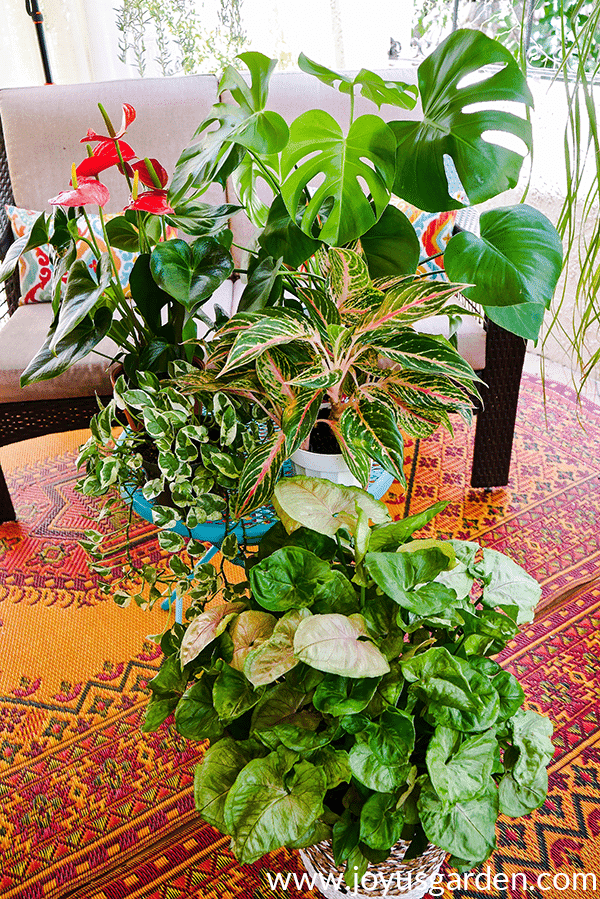
Size
They’re sold in 4″, 6″, 8″ and 10″ grow pots. Some Syngoniums trail more than others, and some stay more compact. One of mine is “Bold Allusion.” It’s currently 20″ tall x 32″ wide. I prune it once or twice yearly to keep it from getting too leggy.
Growth Rate
Mine is in a bright location and grows fast in the warm, sunny months. It’s currently putting out a ton of new growth. They’re fast growers and need pruning to avoid getting too rangy. Like other houseplants, they grow slowly, if at all, in the winter months. And, in low light conditions, the growth will also be slower.
Uses
Arrowhead Plants are used on tabletops, as hangers, living walls, and in dish gardens. I have one of mine on the floor in a tall, narrow container. I like to look down on the beautiful foliage. My other two hang in a 2-tier hanging basket in my bedroom.
These plants have a climbing habit in their natural habitat. My dad grew the old standby Syngonium podophyllum up a moss pole in our greenhouse. That one is great for growing a small trellis, bamboo hoops, or a pole.
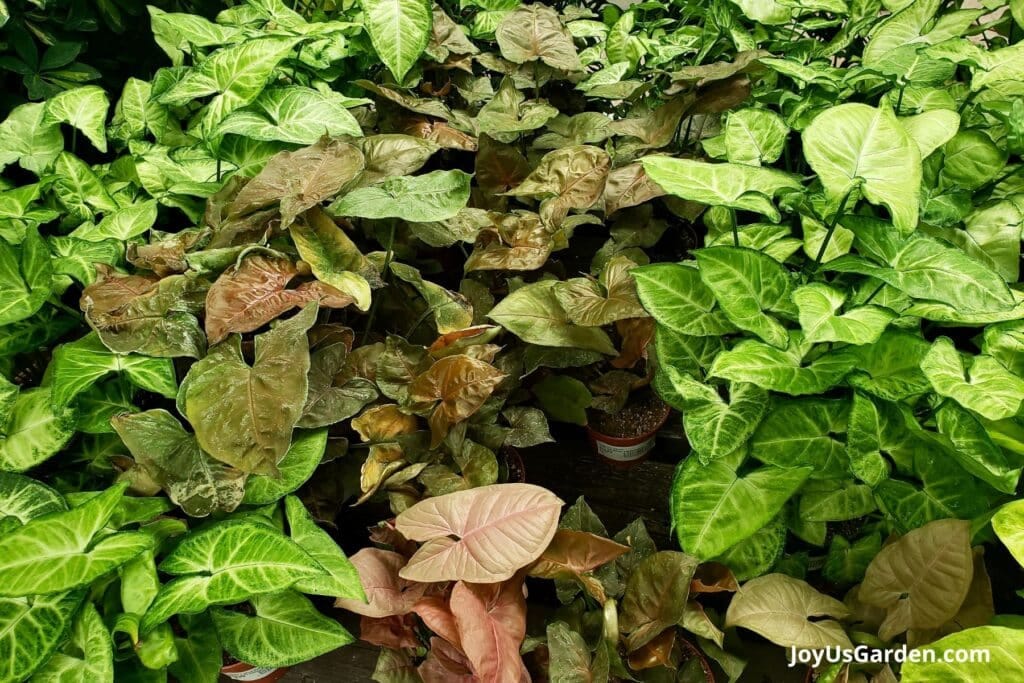
Close Relatives
I’m adding these family members in for fun because they also grow in my home. They’re in the Aracae plant family, like the following popular houseplants: peace lily, pothos, monstera, aglaonema, and anthurium.
Light/Exposure
Like most tropical plants, Syngoniums like bright indirect light. Exposure to direct hot sun will cause burn. Mine are growing in medium light. They get a lot of indirect morning sun, 4′ from an east-facing window, and indirect afternoon light 8′ from a south-facing window.
Arrowhead Plants with darker foliage and less variegation tolerate lower light levels. Those with color (like mine with pink/light green new foliage) do much better in medium or moderate light. If not in enough light, the plant will become leggy, the leaves will be smaller, and the variegation will lessen.
You may have to move your houseplants to a brighter spot so they get more light in the colder months with less sunlight. Because they grow fast, mine lean towards the light source and have to be rotated every four months or so.
Water
Generally, mine get watered every 7 days in the warmer months. I water them less often in the winter months – every 10 to 14 days. The daylight hours are shorter, and houseplants aren’t actively growing, so reducing the watering frequency is a good idea.
I never let my Arrowhead Plant go bone dry. The best way I can describe it is that this plant likes “regular” watering.
Even though this plant doesn’t like to dry out, it doesn’t like to stay sopping wet or sit in a saucer of water. Make sure there is at least one drainage hole on the bottom of the pot so the excess water can easily flow out the bottom of the pot.
I can’t say exactly how often you should water your Raindrop Peperomia since it depends on several factors, such as the pot size, composition of the soil, where the plant is growing, the time of year, and your home’s environment. In a nutshell, the more light and warmth, the more often yours will need watering.
Yours might need more or less – this guide to watering indoor plants and houseplant watering 101 posts will help you.
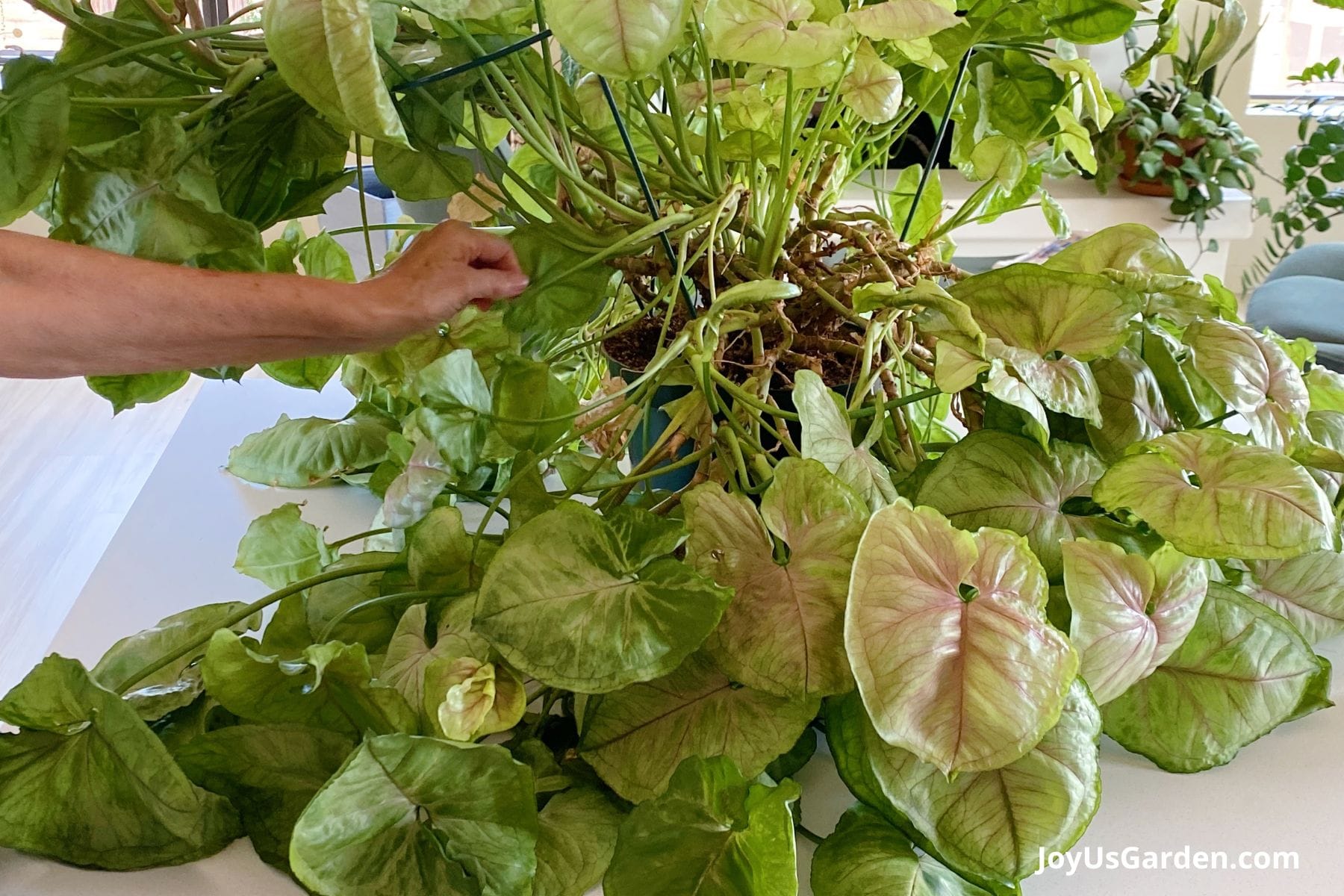
Temperature
If your home feels comfortable, it will be so for your houseplants, too. Just make sure to keep them away from cold drafts and heating or air conditioning vents.
Humidity
Arrowhead Plants are native to tropical rainforests, where they climb up plants and grow along the ground. Arrowhead Plants love high humidity. I live in the dry Sonoran Desert, where the humidity averages around 25%, so I do a couple of things to up the humidity factor (at least temporarily!).
Because I live in the desert, the humidity is low most of the year. I use a simple, inexpensive humidity reader to track the humidity level and run abletop humidifiers when the humidity drops below 25%. I also mist them weekly, using the same little sprayer for over four years, and it’s still going strong.
If you feel your plant needs more humidity, try placing it on a saucer filled with small rocks and water—just make sure the drain holes aren’t sitting in the water. You can also mist yours a couple of times a week if your home is dry and you think it needs it. Just be aware this plant is subject to bacterial leaf spot (it grows very densely) if the foliage stays wet for too long.
Fertilizing/Feeding
The best time to fertilize your plants is in spring and summer, and into fall is suitable if you live in a temperate climate like mine.
In Tucson, we enjoy a long growing season from mid-February through October. During this time, I fertilize my tropical plants about once a month, using Maxsea, Neptune’s Harvest, and Grow Big —usually seven or eight applications in total. I alternate between them every month but never mix them.
Depending on your climate and growing zone, fertilizing two to three times a year may be sufficient for your houseplants. While Arrowhead Plants benefit from the added nutrients, avoid overdoing it because too much fertilizer leads to salt buildup, which can burn the plant’s roots and do more harm than good. This will show up as brown spots on the leaves.
Avoid fertilizing a stressed houseplant, i.e., bone dry or soaking wet.
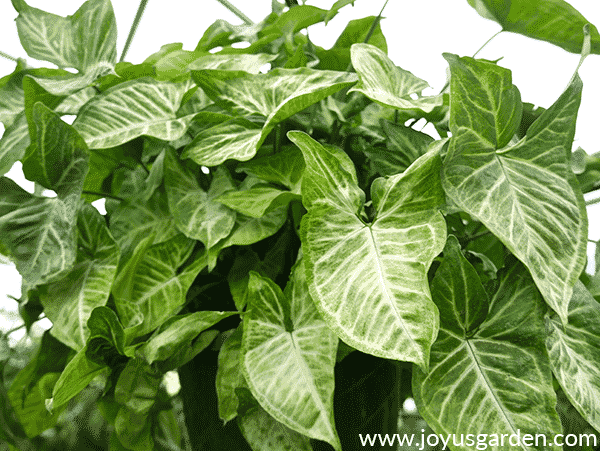
Repotting/Soil
I’ve done a post and video that focuses on repotting an Arrowhead Plant along with the best time to do it, steps to take, and the well-draining soil mix to use. You can get all the repotting details here.
Pruning
I prune the yellow and dead leaves off of my Arrowhead Plant. It grows so densely that the outer foliage crowds out the inner foliage and it eventually turns yellow.
You will also need to prune yours for propagation or to keep it more compact if you have one that tends to grow on the leggy side. The sap of this plant can cause skin irritation. It has never bothered me, but to be safe, consider wearing gloves when pruning this plant.
These plants grow fast and get rangy. Here’s what to do if your Arrowhead Plant gets leggy.
Propagation
An Arrowhead Plant is a snap to propagate. Roots are visible coming out of the nodes on the stem cuttings. You may have to look deep inside the plant if you have a dense variety like I do.
Cut off the stem or stems, ensuring your pruners are clean and sharp. They can then easily be propagated in water or a light mix.
Another method of propagating an Arrowhead Plant is by division.
I’ve done a post & video dedicated to propagating Arrowhead Plants using the stem cutting method. It’s very easy & fast!
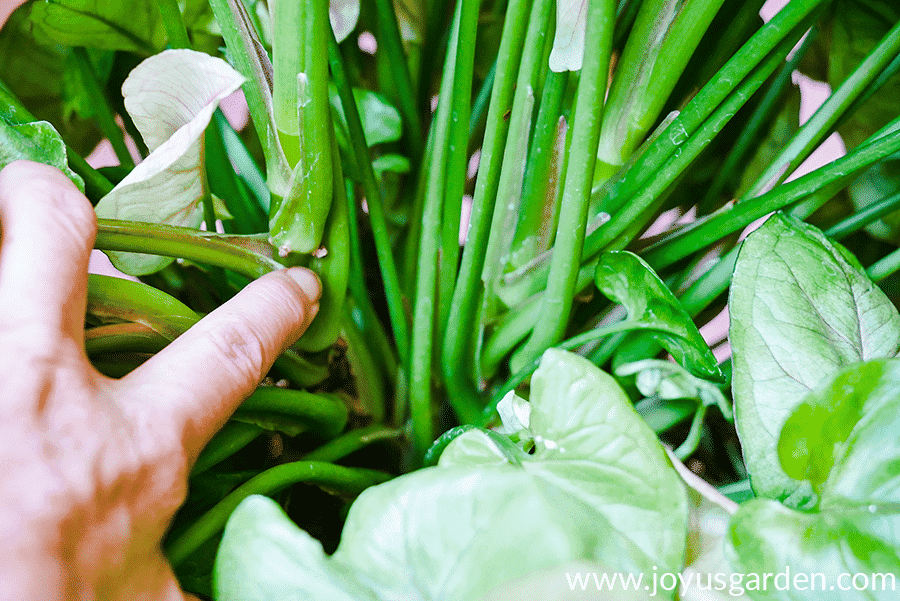
Pests
Arrowhead Plants can be prone to pests due to their dense growth, which provides the perfect hiding spots. Keep a close watch for mealybugs, especially in new growth—these white, cottony pests like to hide in the nodes and under the leaves. A quick rinse in the kitchen sink or a light spray with the hose outside usually does the trick.
Also, be on the lookout for aphids, spider mites, and scale. It’s important to act quickly when you spot any pests, as they multiply fast and can spread to other houseplants in no time. Staying proactive will help keep your plant healthy and pest-free. A healthy plant is much stronger and can survive a pest attack.
Toxic To Pets
Arrowhead Plants are considered to be toxic to pets. I consult the ASPCA website for my info on this subject and see in what way the plant is toxic. Here’s more info on this for you.
Flowers
Don’t expect a big show, if at all! They can flower when growing indoors as they age if the conditions are right, but it’s not a guarantee.
Arrowhead Plant Care Video Guide
Good To Know About Arrowhead Plant Care
Clean the foliage as needed. Plants breathe through their leaves, so they like them to be clean. Plus, this beautiful plant will look much better! Arrowhead Plants don’t need any kind of leaf shine. It blocks their pores and hinders the respiration process. I hose mine off outside or in my kitchen sink. A nice, gentle shower works too.
The main draw is the foliage. Arrowhead Plants are now available in so many leaf colors, shapes, and sizes. You can see them here.
Trailing or not. Some Syngoniums trail and some do not as much. The trailing comes with age. Mine is Syngonium “Bold Allusion,” which trails, but the stems get leggy as they grow. So, if you want one that trails, get a variety or species that do.
Watering. Find that happy medium when it comes to watering this plant. You don’t want it to go bone dry, but you don’t want to keep it constantly moist. This, like all houseplants, is subject to root rot. Even though the top 1/4 to 1/2 portion of the soil may be dry, the bottom may still be very wet.
Yellow leaves. The lower leaves of mine get yellow because the dense outer foliage crowds them out. Other common causes are watering issues and too much sunlight.
Arrowhead Plant FAQs
They can go in any room, providing it has enough light. I have one in my dining room and two in my bathroom.
The main way is by pruning. Some varieties get leggier than others and will need it more often. I prune mine once a year and tip prune them as needed to give them a bushier appearance. Another reason they get leggy is insufficient light.
They can survive in low light for at least six months. They will become leggy, and the leaves will become smaller. These plants do best in bright, indirect sunlight. Some varieties handle lower light conditions better than others.
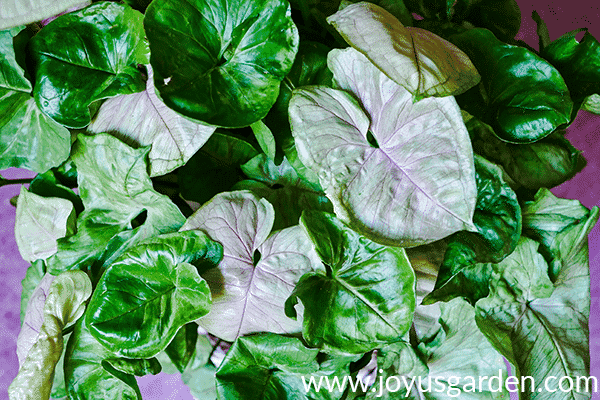
Conclusion: Arrowhead Plants are low-maintenance houseplants with gorgeous foliage. They thrive in bright, indirect light, but some varieties can handle lower light conditions. Keep the soil evenly moist, but be careful not to let it stay soggy. My Syngonium podophyllum ‘Bold Allusion’ brings me joy with its stunning leaves that evolve in size, shape, and color over time.
If you’re new to gardening, this popular houseplant is definitely worth a try—you won’t regret it. Just be prepared to do a little pruning every now and then!
Happy Gardening,


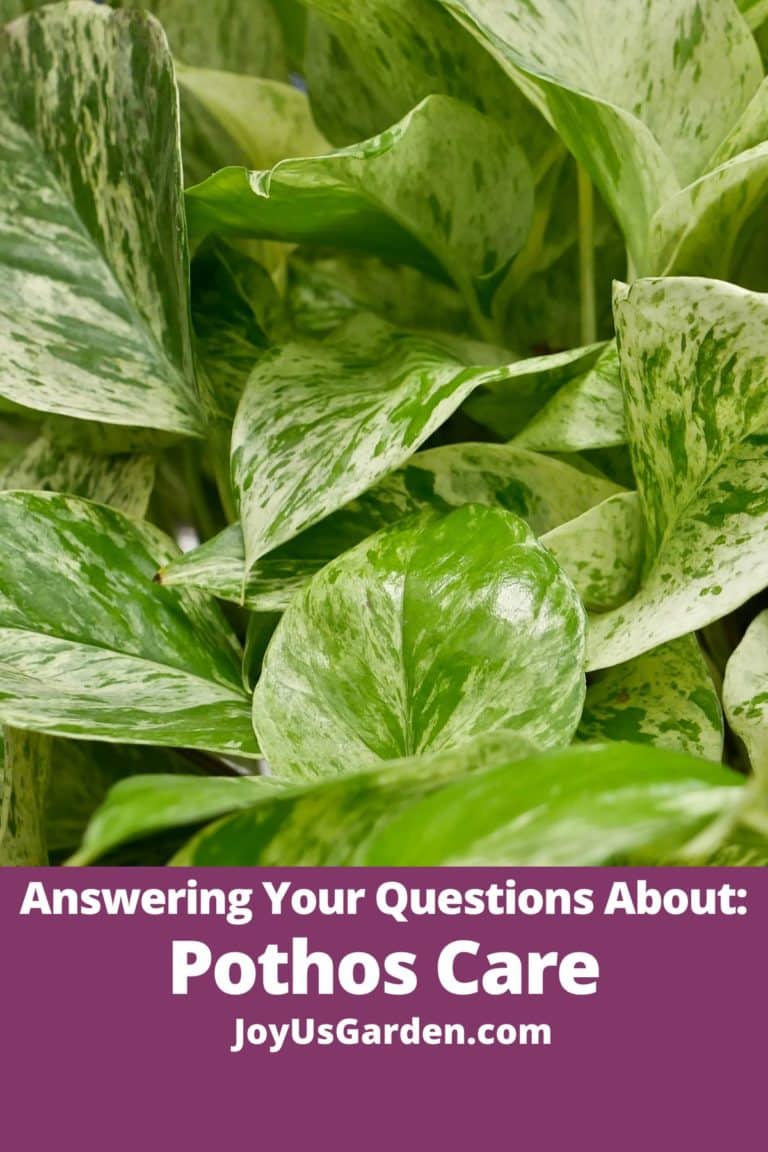
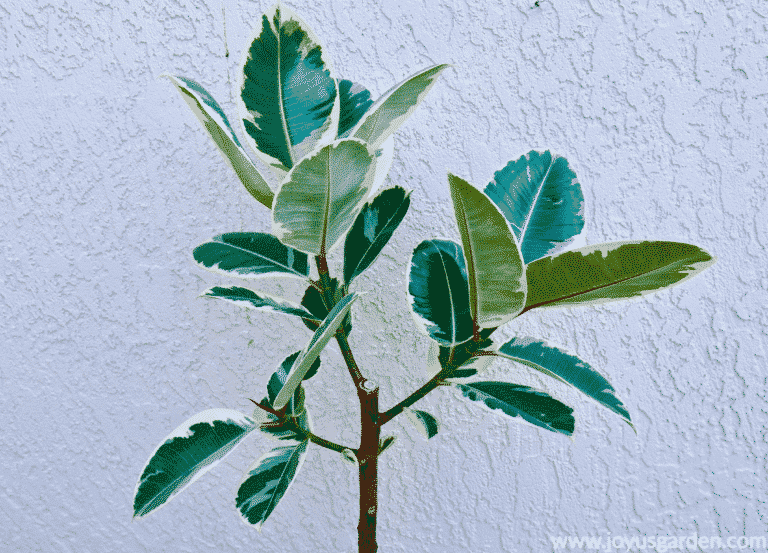
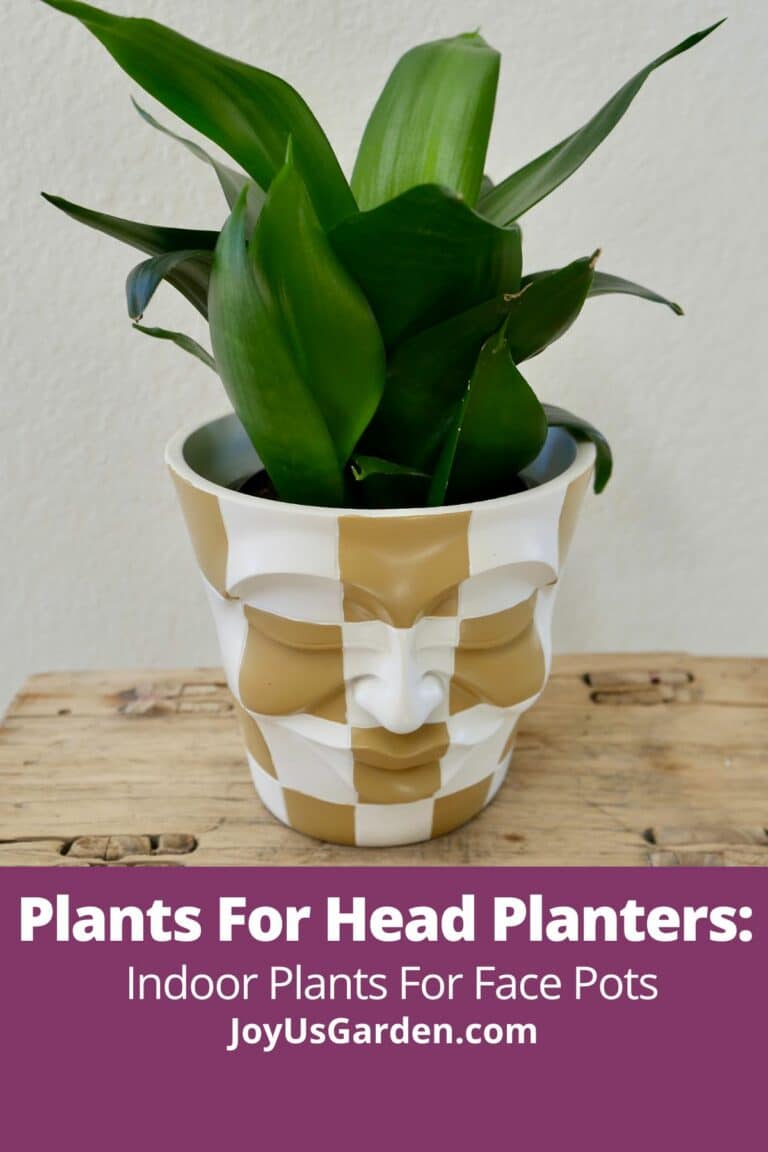
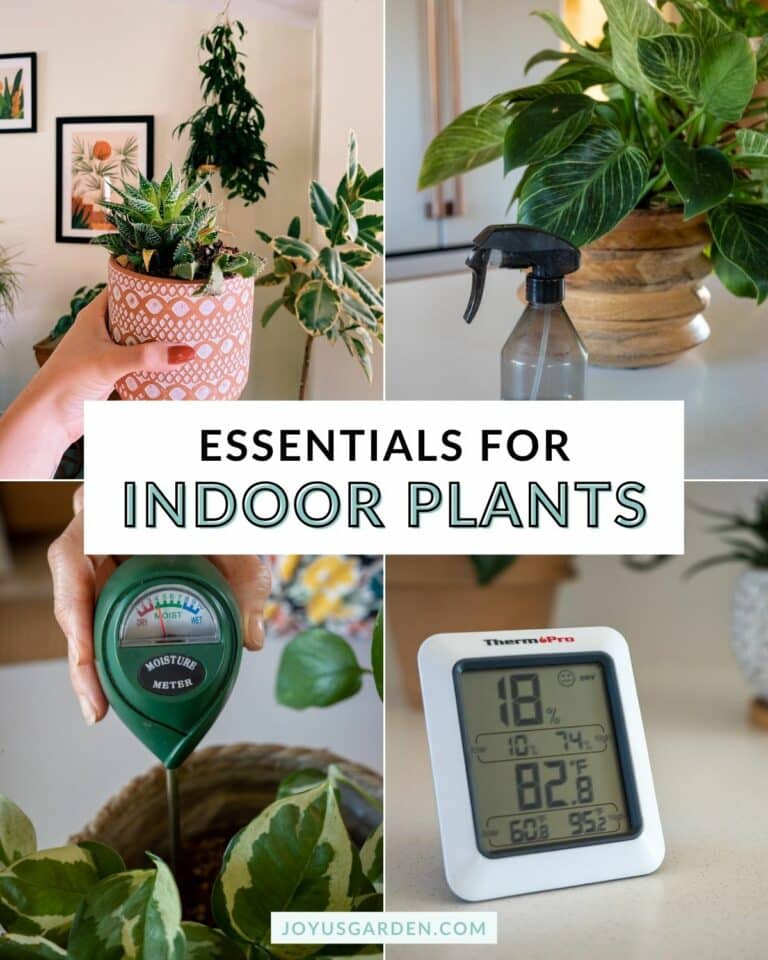

How do I prune my Neon Pink arrowhead plant that has grown very tall. Where do I cut? Thanks